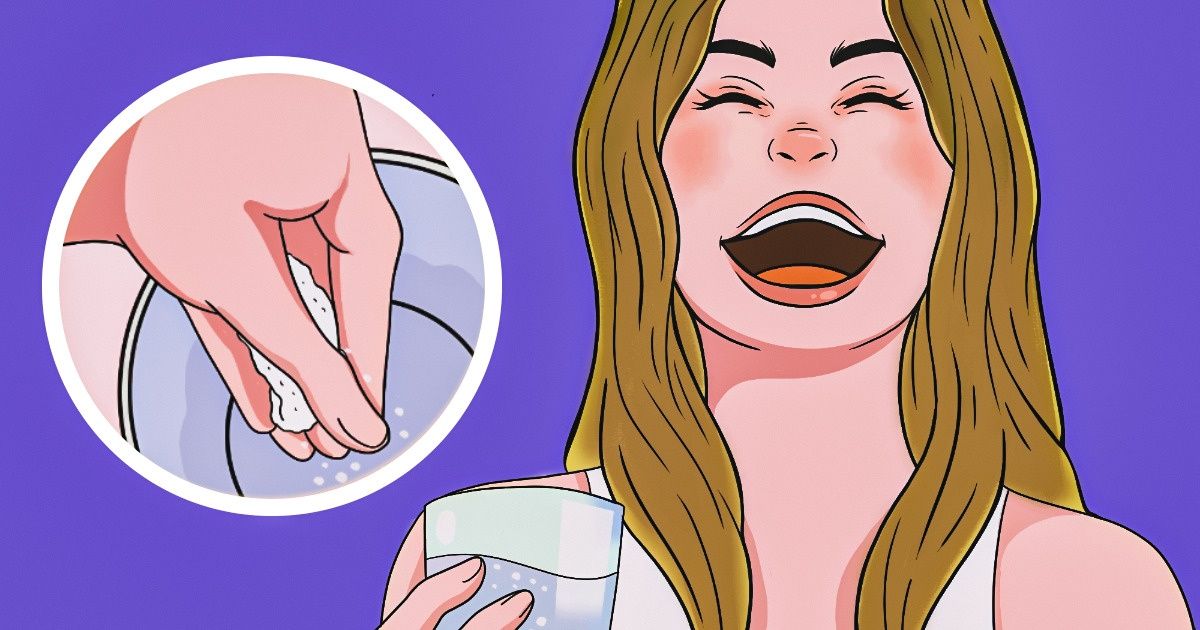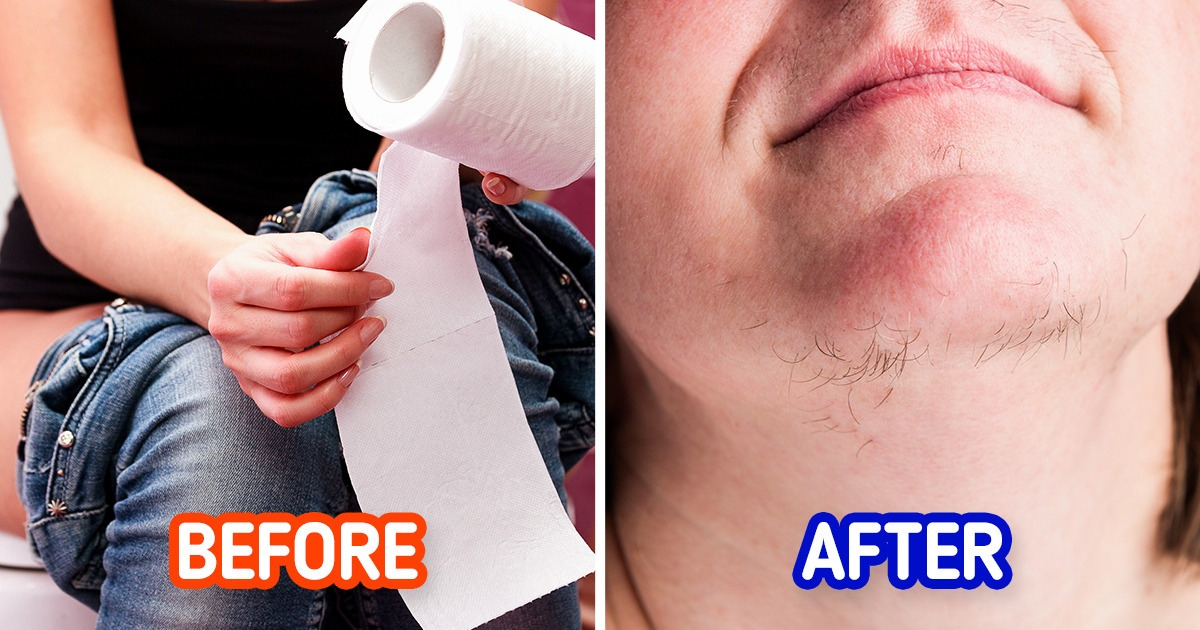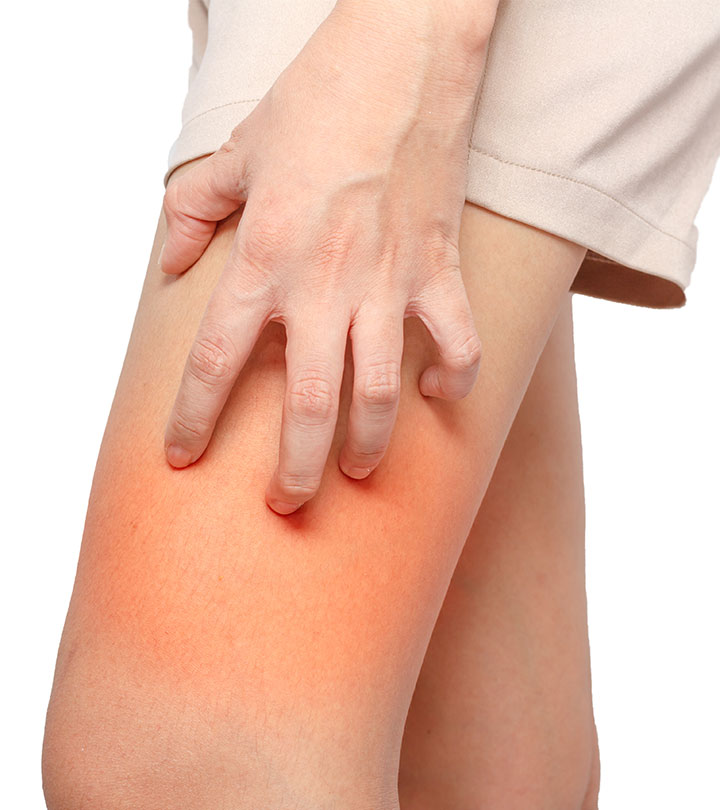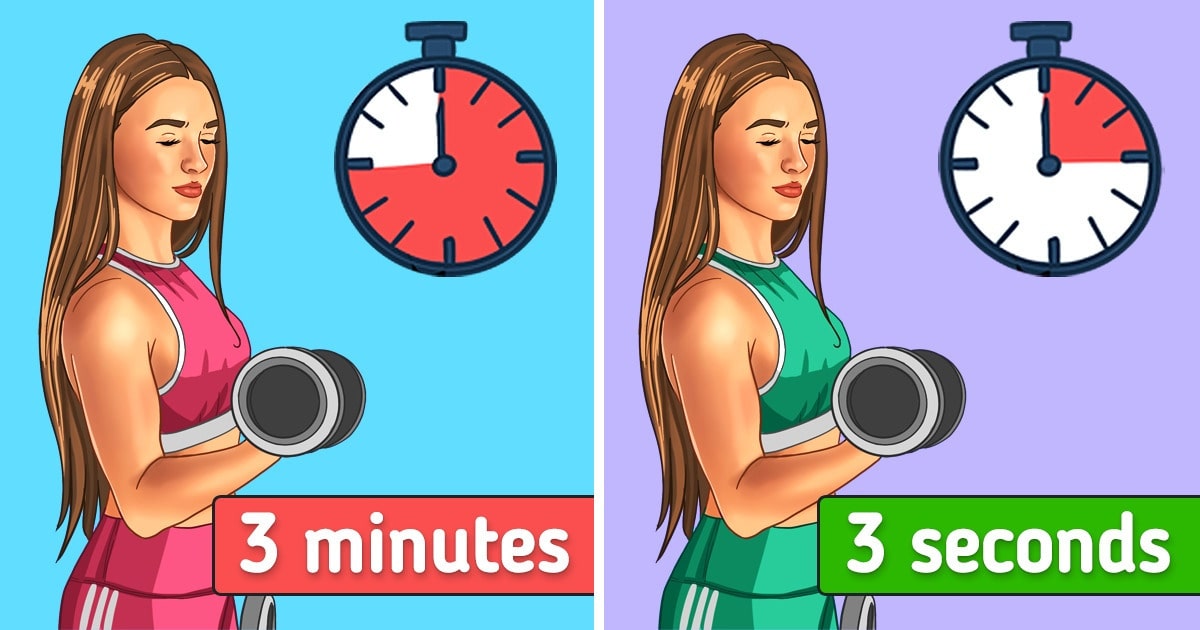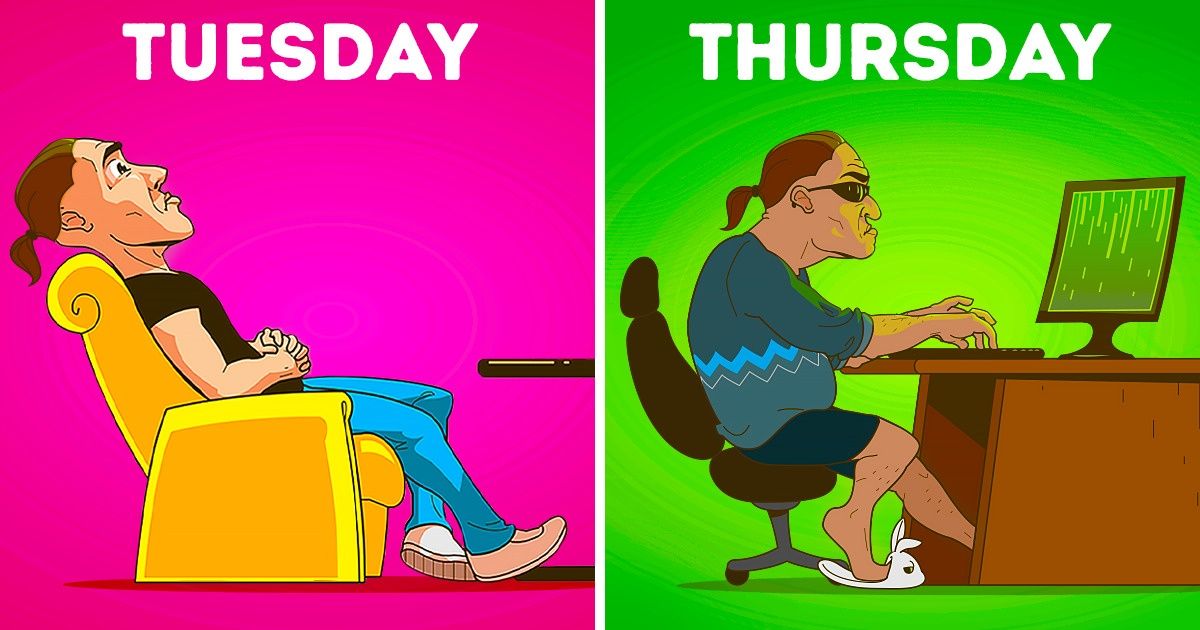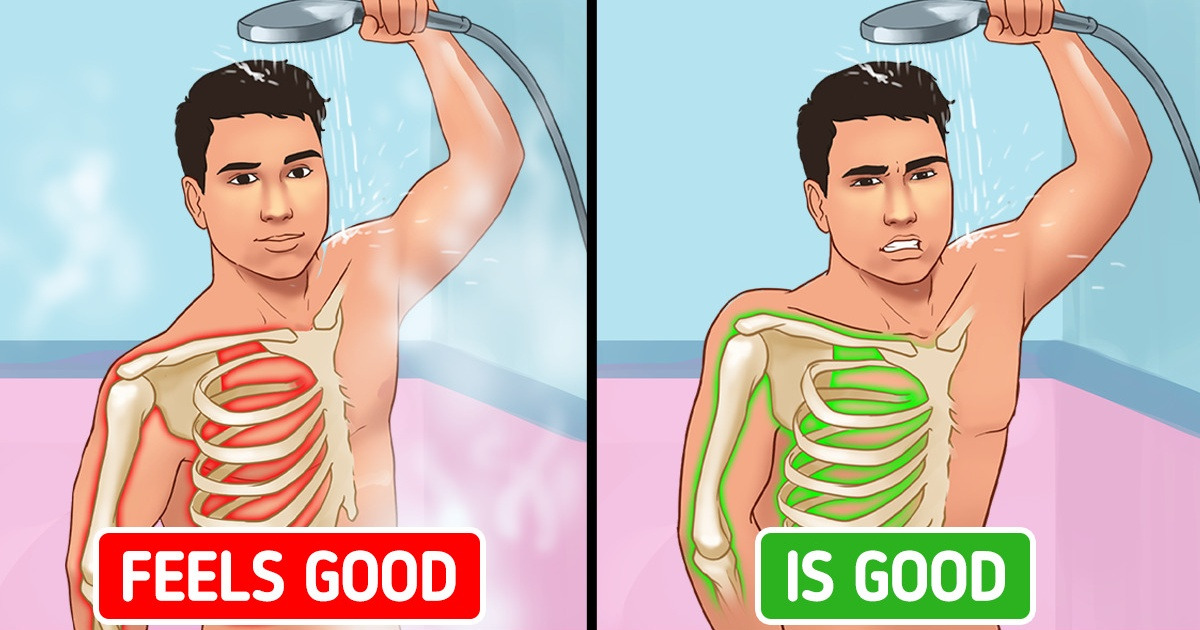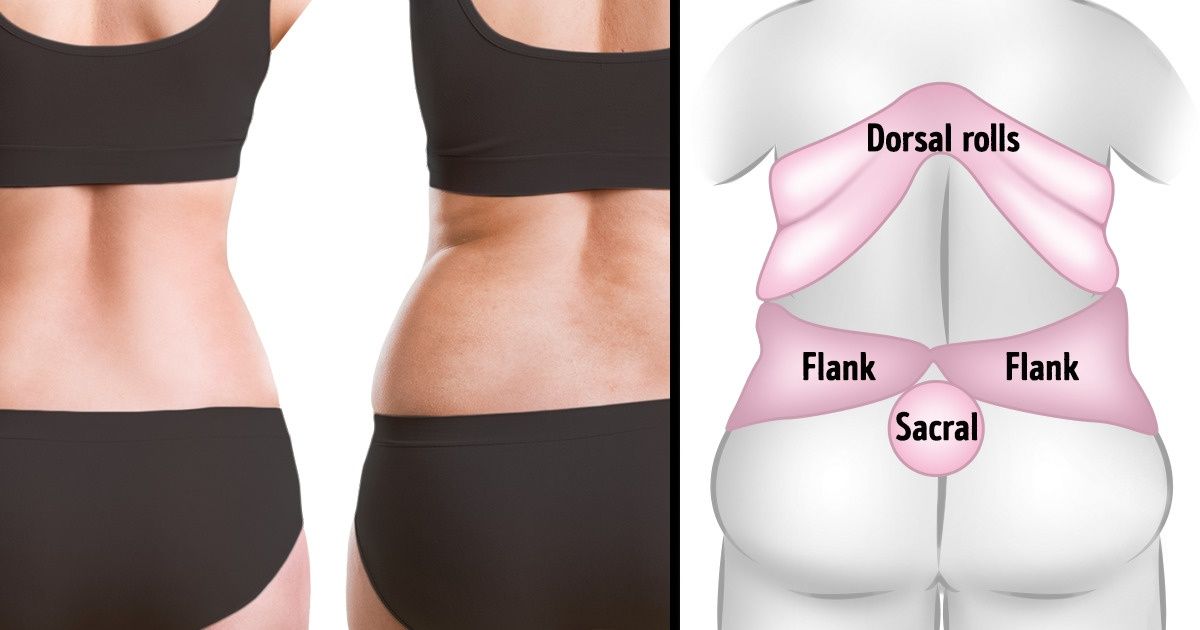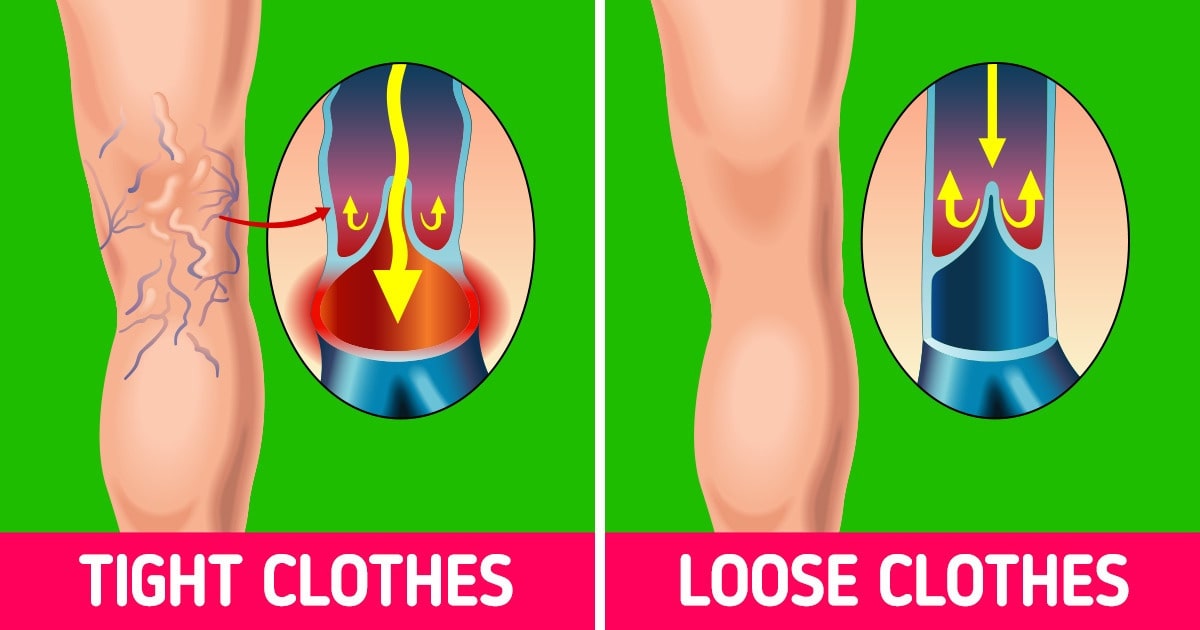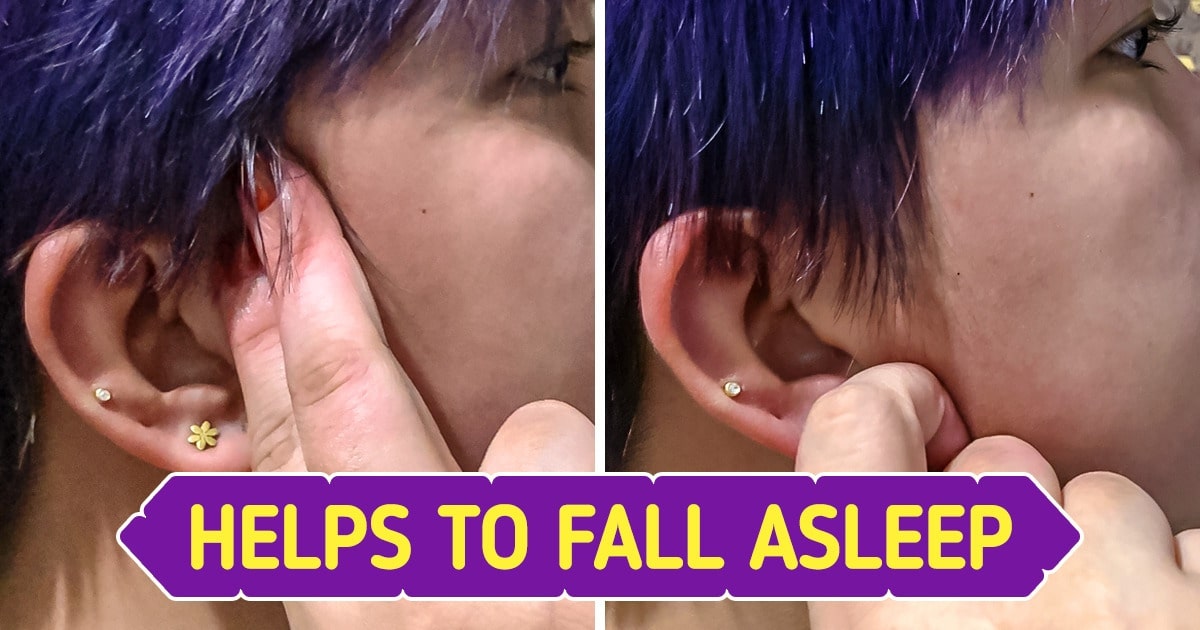Headaches can disrupt your day, impacting your productivity and overall quality of life. Whether you suffer from tension headaches or migraines, finding fast and natural methods for headache relief is essential. In this comprehensive guide, we share eight proven tips to get rid of a headache quickly without relying on medicine. Our focus is on natural remedies that offer quick relief while avoiding the side effects of over-the-counter drugs. This article is designed to help you achieve rapid relief and improve your daily well-being. Let’s dive into these practical, science-backed strategies and learn how to tackle headaches naturally.
How To Get Rid of a Headache
Try a Cold Pack for Instant Headache Relief
One of the most popular natural remedies for headaches is using a cold pack. Cold therapy helps reduce inflammation and numb the area, which can interrupt pain signals to the brain. Many experts suggest that applying a cold pack can be especially effective for tension headaches and migraines.
How It Works:
When you apply a cold pack to your forehead or the back of your neck, the cold temperature constricts blood vessels. This vasoconstriction can reduce the swelling and pressure that contribute to headache pain. A cold compress may also distract your body from the headache, providing a soothing effect that lessens the intensity of the pain.
Tips for Using a Cold Pack:
- Wrap the cold pack in a thin cloth to prevent skin damage.
- Apply it for 15–20 minutes at a time.
- Use it during the initial stages of your headache for best results.
For more detailed insights on how cold therapy aids in headache relief, check out this Healthline article on headache remedies.
Use a Heating Pad or Hot Compress for Tension Headaches
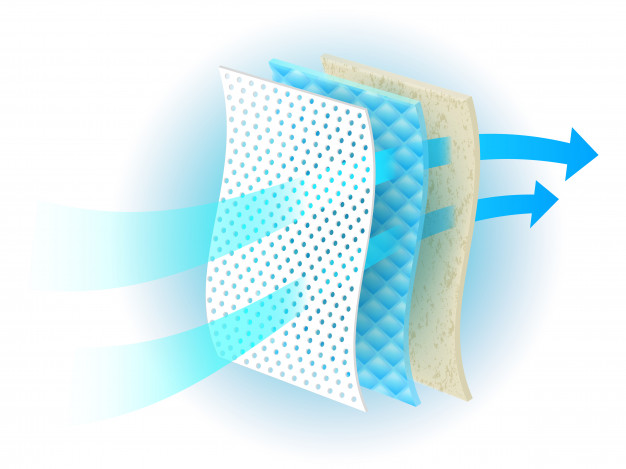
While cold packs are ideal for some types of headaches, a heating pad or hot compress can be the remedy you need for tension headaches. Heat therapy helps relax tight muscles, particularly around the neck and shoulders, which are common culprits behind tension headaches.
Benefits of Heat Therapy:
- Muscle Relaxation: Applying heat to sore muscles helps ease muscle tension and spasms, reducing the pressure on nerves that can trigger headaches.
- Improved Blood Flow: Heat increases circulation, delivering oxygen and nutrients to affected areas and promoting healing.
- Stress Reduction: A warm compress can have a calming effect, reducing overall stress levels that often exacerbate headache symptoms.
How to Apply Heat Therapy:
- Use a heating pad or a hot water bottle wrapped in a towel.
- Apply it to the neck, shoulders, or head for about 15 minutes.
- Ensure the heat is warm, not scorching, to avoid burns.
For further reading on the benefits of heat therapy for headaches, refer to the Mayo Clinic’s guidelines on headache management.
Ease Pressure on Your Scalp and Head to Reduce Headache Pain
Another effective strategy for headache relief is to reduce the pressure on your scalp and head. This can be achieved by practicing proper posture and gentle head massages. When tension builds in your neck and scalp, it can lead to an increase in headache frequency and severity.
Key Techniques to Ease Pressure:
- Adjust Your Posture: Ensure that you maintain a neutral spine when sitting or standing. Poor posture can strain the muscles around your head and neck, leading to tension headaches.
- Gentle Scalp Massage: Use your fingertips to massage your temples, forehead, and the back of your head. This not only increases blood flow but also relieves muscle tension.
- Ergonomic Adjustments: Consider adjusting your workstation to prevent prolonged periods of strain. Ergonomic chairs and proper monitor placement can help reduce unnecessary pressure on your neck and scalp.
For more ergonomic tips and techniques to relieve headache-causing tension, explore this WebMD guide on posture and headache relief.
Dim the Lights to Alleviate Light Sensitivity and Migraines
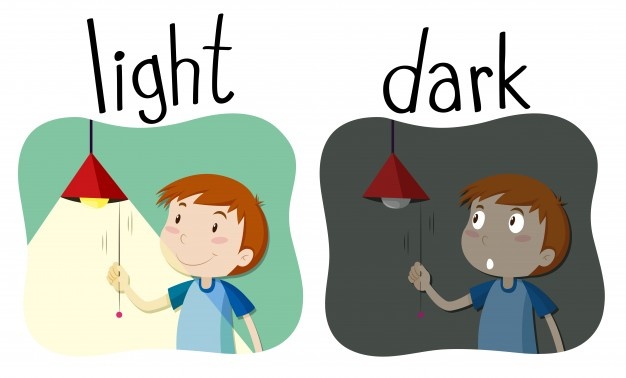
Many people with headaches, especially migraines, find that bright or flickering lights worsen their symptoms. Dimming the lights or moving to a darker room can significantly reduce discomfort and help you get rid of a headache quickly.
How Light Affects Headaches:
- Photophobia: This is a common symptom associated with migraines, where bright light can trigger or intensify headache pain.
- Visual Overstimulation: Reducing exposure to harsh lighting can help ease the brain’s sensory overload, promoting a more relaxing environment.
- Calming Ambiance: Lower light levels can create a soothing atmosphere that aids in relaxation and recovery.
Practical Steps:
- Turn off or dim overhead lights.
- Use blackout curtains if you’re sensitive to natural sunlight.
- Consider wearing sunglasses indoors if necessary.
For further insights into managing light sensitivity during headaches, check out this Cleveland Clinic resource on migraine management.
Avoid Excessive Chewing to Prevent Jaw Tension

It may sound surprising, but the simple act of chewing can sometimes contribute to headache pain. Jaw clenching or over-chewing, especially if you’re under stress, can lead to tension in the temporomandibular joint (TMJ) and surrounding muscles. This tension can trigger headaches, particularly in the temples and jaw area.
Strategies to Reduce Jaw Tension:
- Mindful Eating: Slow down and chew your food gently. Over-chewing can cause strain that radiates to your head.
- Avoid Chewing Gum: If you frequently chew gum, try reducing the amount as it can overwork your jaw muscles.
- Relax Your Jaw: Practice consciously relaxing your jaw muscles throughout the day. Gentle stretches and massages can help reduce tension.
For additional advice on managing jaw tension related to headaches, see this Mayo Clinic overview on TMJ disorders.
Consume Caffeine in Moderation for Quick Headache Relief
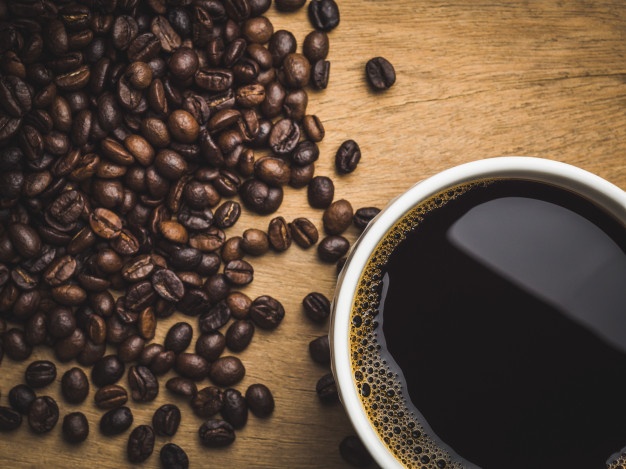
Caffeine is a well-known remedy for headaches, and its ability to constrict blood vessels makes it a potent natural pain reliever. However, moderation is key—too much caffeine can lead to rebound headaches, creating a cycle of pain.
Benefits of Caffeine:
- Vasoconstriction: Caffeine narrows the blood vessels, which can reduce the blood flow that contributes to headache pain.
- Enhanced Pain Relief: Many over-the-counter headache medications include caffeine to boost their effectiveness.
- Improved Alertness: A small cup of coffee or tea can help you stay alert while alleviating headache symptoms.
Best Practices:
- Limit your caffeine intake to avoid dependency.
- Opt for natural sources like coffee or green tea.
- Combine caffeine with plenty of water to maintain hydration.
For a detailed look at how caffeine can aid in headache relief and the risks of overconsumption, review this Harvard Health article on caffeine and headaches.
Practice Relaxation Techniques to Reduce Stress-Induced Headaches

Stress is one of the leading causes of headaches. Practicing relaxation techniques can help reduce stress levels and, consequently, alleviate headache symptoms. Incorporating mindfulness and relaxation exercises into your daily routine is a powerful way to combat headache pain naturally.
Effective Relaxation Strategies:
- Deep Breathing Exercises: Slow, deep breaths can reduce muscle tension and lower stress hormones.
- Meditation: Regular meditation helps calm the mind and relax the body, making it easier to ward off headache triggers.
- Progressive Muscle Relaxation: This technique involves systematically tensing and relaxing different muscle groups to release built-up tension.
Creating a Calm Environment:
- Dedicate a quiet space in your home for relaxation.
- Use soothing music or nature sounds to enhance the calming atmosphere.
- Consider incorporating yoga or tai chi into your routine for overall stress management.
For more information on effective relaxation techniques for headache relief, visit this WebMD article on stress management.
Try a Therapeutic Massage for Deep-Rooted Headache Relief
Massage therapy is a time-tested method for alleviating headache pain. Massaging specific pressure points on the head, neck, and shoulders can reduce tension and promote circulation, offering lasting relief from chronic headaches. Therapeutic massage not only soothes the muscles but also helps clear mental clutter, providing a dual benefit for body and mind.
How Massage Helps:
- Improves Circulation: Massaging increases blood flow, which can help deliver oxygen and nutrients to stressed muscles.
- Reduces Muscle Tension: Targeted massage can alleviate tightness in the neck and shoulders, common areas that contribute to headaches.
- Boosts Endorphins: Massage triggers the release of endorphins—your body’s natural painkillers—reducing the perception of pain.
Massage Techniques to Try:
- Self-massage using your fingers on the temples, forehead, and neck.
- Professional massage therapy sessions for a more thorough treatment.
- Using massage tools such as rollers or acupressure devices to target key points.
For additional insights into massage therapy as a natural headache remedy, check out this Harvard Health Publishing article on massage benefits.
Incorporating These Tips into a Headache Management Plan
While these eight natural tips are effective for quick headache relief, incorporating them into a broader headache management plan can offer long-term benefits. Recognizing your headache triggers—be it stress, dehydration, or poor posture—and addressing them holistically is essential for lasting relief.
Tips for Long-Term Headache Prevention:
- Hydration: Drink plenty of water throughout the day to prevent dehydration, a common cause of headaches.
- Regular Exercise: Engaging in physical activity helps reduce stress and improves overall circulation.
- Balanced Diet: Consuming a nutrient-rich diet can stabilize blood sugar levels and reduce inflammation.
- Sleep Hygiene: Maintain a consistent sleep schedule to avoid sleep deprivation, another frequent headache trigger.
For a comprehensive guide on managing chronic headaches, visit this Mayo Clinic resource on headache prevention.
Conclusion: Embrace Natural Remedies for Rapid, Lasting Headache Relief
Headaches don’t have to control your day. With these eight natural tips, you have a versatile toolkit to tackle headache pain quickly and effectively without the need for medication. From using cold packs and heating pads to practicing relaxation techniques and trying targeted massages, each strategy offers unique benefits that can be combined for maximum relief. By making these natural remedies part of your daily routine, you can reduce the frequency and intensity of headaches while promoting overall well-being.
Remember, consistency is key. It might take some time to determine which combination of remedies works best for you. Always listen to your body, and consider keeping a headache diary to track your triggers and the effectiveness of these natural treatments.
Embrace these holistic methods to enjoy a life with fewer headaches, improved energy, and better mental clarity. With these practical tips at your disposal, you’re well on your way to achieving fast and effective headache relief naturally.
